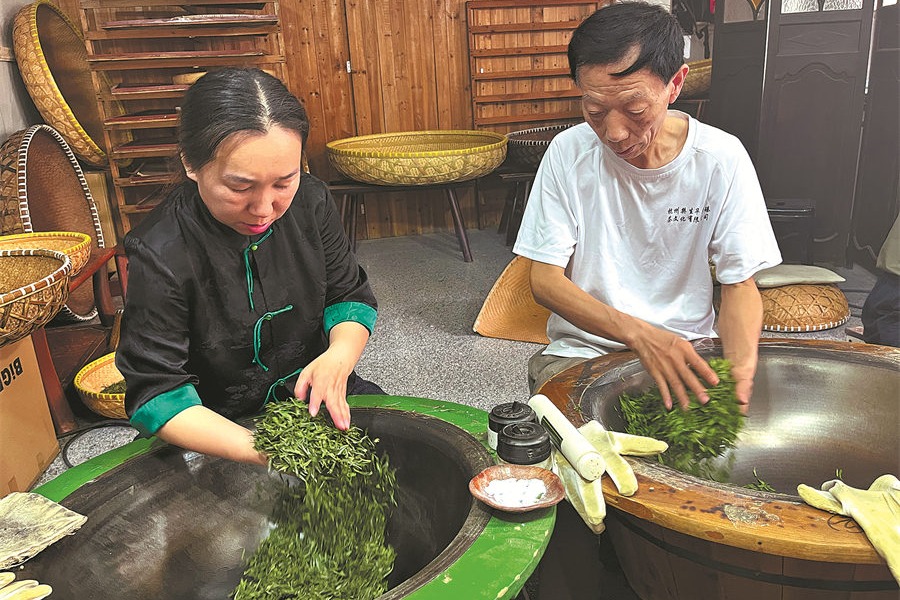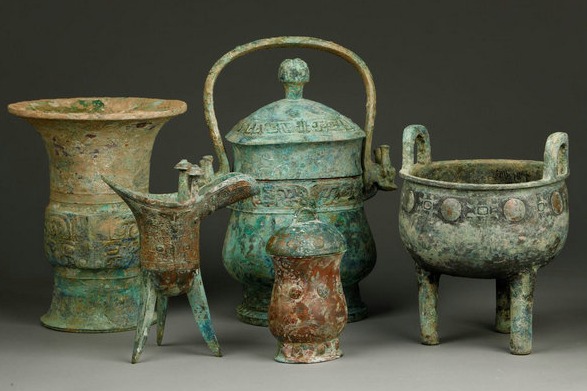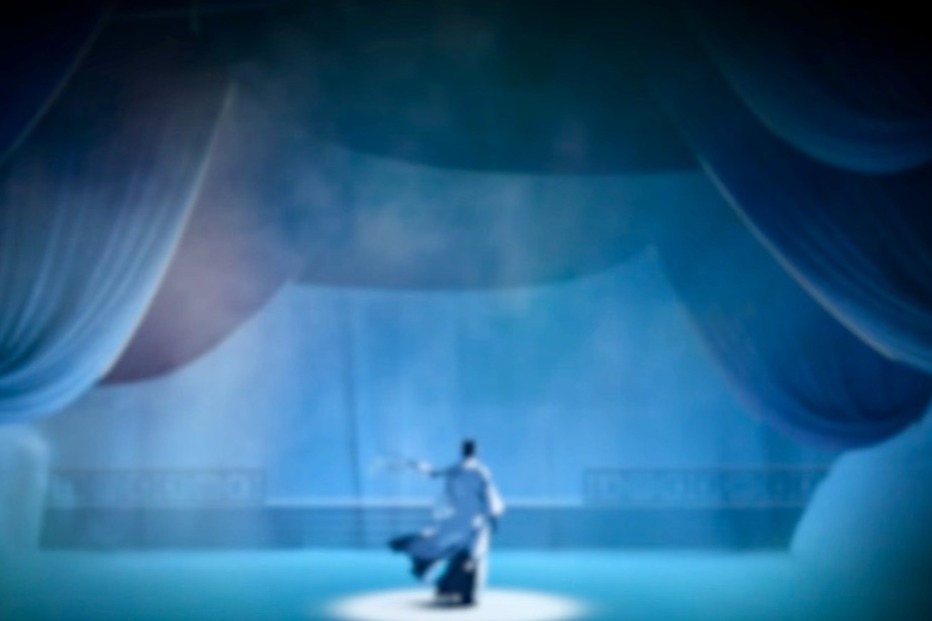Bringing ancient armor back to life
Zhou Wei, fueled by a passionate interest in ancient Chinese armor, has been crafting and promoting traditional armor for contemporary sports and culture, reviving aspects of a forgotten martial legacy.


Zhou Wei, born in 1991 in Wuhan, the capital of Central China's Hubei province, developed a strong interest in ancient Chinese weapons and armor culture in 2015 while studying archery. This interest sparked a deep passion for traditional Chinese armor, leading him to explore and revive this rich cultural heritage.
When he started crafting a set of ancient armor, Zhou faced a significant challenge due to the lack of historical references. "Because ancient armor was tightly controlled as a valuable military asset, very few surviving pieces exist today," Zhou explained.
As a result, he has had to draw on what knowledge he could gather from military classics, ancient artworks, and statues to recreate these historical artifacts.
Zhou's extensive research revealed that, unlike the diverse forms of hanfu (traditional Chinese clothing), armor from different dynasties shared many structural and stylistic similarities.
"Given its vital role in military operations, practicality and functionality were crucial in armor design. Therefore, many dynasties preserved practical design elements," Zhou said.
He cited the example of the breastplate, a small iron vest that protects the heart. In ancient times, when the cost of iron was high, the relatively small breastplate required less material while providing protection for the most vital part of the body. "This design was prevalent in almost every dynasty's armor," Zhou said.
While armor structures and styles did not change much across dynasties, significant transitions occurred due to technological advances, the integration of different ethnic cultures, and the emergence of new weapons.
According to Zhou, the first significant turning point was during the Warring States Period (475-221 BC) and the Qin (221-206 BC) and Han dynasties (206 BC-AD 220), when advancements in iron smelting technology led to a shift from leather to iron armor. Cultural exchanges during the Tang Dynasty (618-907) also influenced changes in armor design.
"It wasn't until the end of 2019 that the first piece of Tang Dynasty iron armor was unearthed in China, and it hasn't been completely restored to this day," Zhou said.
However, through related studies on the unearthed fragments of this Tang armor and some murals and other materials from the time, Zhou found that the shape of iron pieces and the weaving style of Tang armor were highly similar to those existing in the Xizang autonomous region. "So when I recreated Tang iron armor, I used ancient Tibetan armor as a reference," he said.
Zhou also highlighted the influence of muskets in the Ming Dynasty (1368-1644), which led to another modification in protective gear, with armor being wrapped with thick cotton cloth to enhance its protective effect. This method originated from the Yuan Dynasty (1271-1368) and continued into the Ming Dynasty as a result of cultural integration with northern ethnic groups.
Equipped with a deep understanding of armor history and craftsmanship, Zhou made his first set of armor in 2017.
At the time, specialized iron pieces for crafting armor were not readily available, so he had to purchase industrial angle bars and hand-sewed them, laboring for weeks to complete it.
Zhou quickly found a buyer for his first set of armor — a historical fencing enthusiast.
Historical fencing, more commonly known as Historical European Martial Arts (HEMA), involves one-on-one or group combat using simulated weapons from the cold weapon era while wearing protective gear covering the entire body. "It was then that I realized the practical significance of ancient armor in contemporary society," Zhou said.
Based on his observations, Zhou noted that traditional armor culture, as a niche branch of hanfu, faces particular difficulties these days. Armor is heavy, and in ancient times a set of armor could weigh approximately 20 to 30 kilograms, comprising thousands of iron pieces. Even though people nowadays try to take the wearer's strength into account by adjusting the thickness of the iron pieces or using lighter aluminum alloy, the lightest armor still ends up being about 10 kilograms. Furthermore, the production process remains time-intensive, typically demanding one week to a month for completion.
Zhou's discovery of HEMA excited him and his further research revealed that another similar martial sport — Historical Medieval Battle — also incorporates the use of armor as protective gear. "Participants from various countries wear traditional armor representative of their own nation's medieval period and engage in combat using weapons," he explained.
Zhou expressed his desire to advocate for the practical functions of armor as protective gear in sports and also to promote the sports themselves.
"These sports can not only foster physical fitness but also embody the martial spirit that has prevailed in China for thousands of years," he said.
Another reason that Zhou is passionate about promoting traditional Chinese armor culture is that the majority of Chinese films and dramas inaccurately depict ancient Chinese armor, often basing their designs on Japanese armor styles.
Zhou currently is the president of a hanfu cultural association in Wuhan, with members primarily aged between 18 and 25, all sharing a deep passion for traditional Chinese culture.
The association, a nonprofit organization, has participated in many large hanfu events, such as the first Wuhan Garden Expo Flower Festival and the 1800th-anniversary activities of the Yellow Crane Tower in 2023.
"We took charge of organizing traditional Chinese armor parades and presented various cultural performances and displays," he said.
Zhou has also established a lecture group named "Queyuewei", which translates to "Queyue guardians". The name is derived from Queyue town, an ancient town in the Wuhan area. Comprising enthusiasts of armor, the group, led by Zhou, collectively explores the realm of martial arts knowledge. Recently, the group has been focusing on the Miaodao sword, a type of Chinese sword.
"Our goal is to gain a comprehensive understanding of ancient armor and martial arts culture and present it to a wider audience," he said.





































